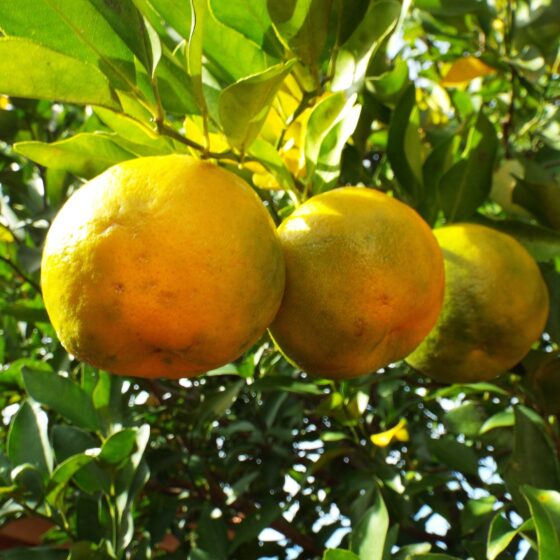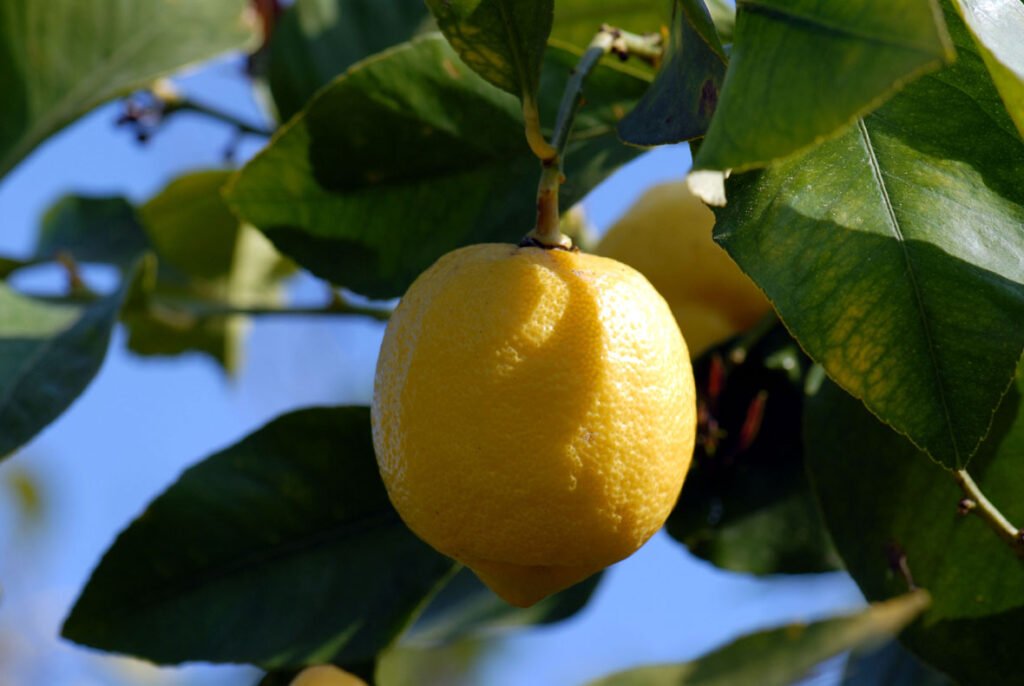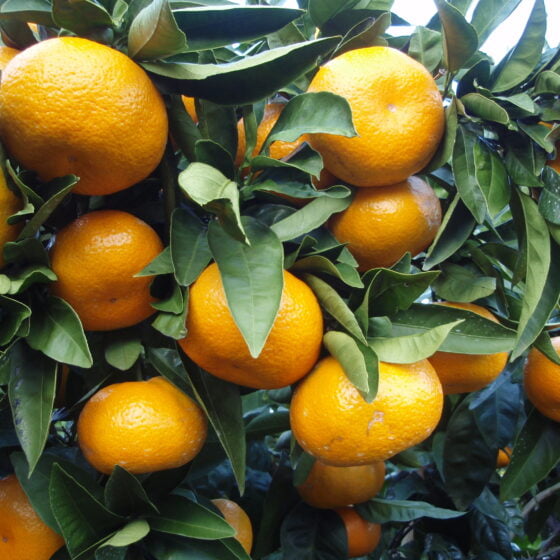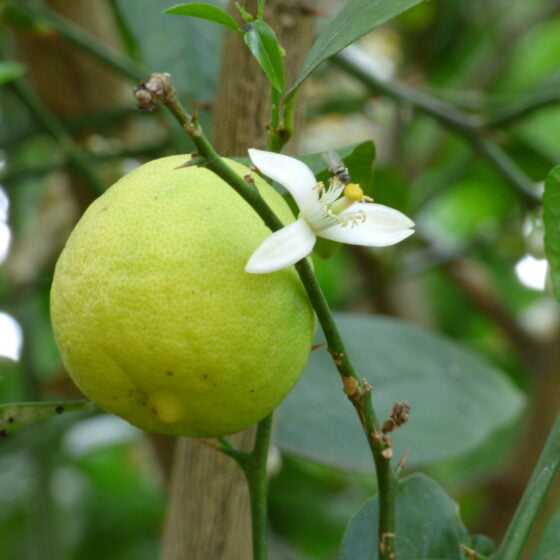
Lemon Italy
Citrus limon
General data
Harvest Calendar
- J
- F
- M
- A
- M
- J
- J
- A
- S
- O
- N
- D
Product details Fragrance side
Symbol of freshness, lemon essential oil is found in many applications of perfume. From cologne to Air Care to detergents and cosmetics, this essence brings freshness to most compositions.
Well-being side
Atmospheric and cutaneous antiseptic, lipid-lowering, antinauseant, energizing, skin tonic. Soothes, channels, restores structure to bring thoughts back to basics.
*The aromatherapy properties in this document are excerpted from reference books, scientific articles, or specialized websites and are provided to customer for its information and internal use only. Claims on a finished product remain the responsibility of the company making the finished product available on the market. About
The lemon, the fruit with the sunny-yellow peel, is a citrus fruit known for its refreshing, sour taste. It grows abundantly throughout the year on a semi-evergreen shrub: the lemon tree. The bright-green foliage of this plant grows from thorny branches. The buds are pink to pale purple and bloom into fragrant white flowers. Lemon essential oil accumulates in the multitude of small secretory pockets embedded in the peel of the pericarp. Even the slightest pressure releases a pleasant, fruity, lemony fragrance. The same principle is applied to extract the essential oil: the pericarp is cold-pressed. The resulting fragrance is citrusy and sweet, characteristic of these fruits. Lemons are hand-picked, year-round, when they reach maturity.
The word limon was once used to designate the lemon. The word is derived from the Sanskrit nimbù, which became limùn in Persian, laymûn in Arabic, then lima in Spanish and finally limone in Italian. The lemon has its origins in India and was not known in ancient times. The Romans were unfamiliar with the orange, the lemon, and the bergamot. Alexander the Great was the first to introduce a citrus fruit, the citron, to the Mediterranean basin as he returned from his expeditions in Asia. Apparently the lemon was introduced in Palestine and Persia in the 12th century, then in Europe. In Italy, Sicily and Calabria became lemon-producing regions because the trees thrive in the southern climate. The tradition continues to this day.
Fragrance side
Symbol of freshness, lemon essential oil is found in many applications of perfume. From cologne to Air Care to detergents and cosmetics, this essence brings freshness to most compositions.
Well-being side
Atmospheric and cutaneous antiseptic, lipid-lowering, antinauseant, energizing, skin tonic. Soothes, channels, restores structure to bring thoughts back to basics.
About
The lemon, the fruit with the sunny-yellow peel, is a citrus fruit known for its refreshing, sour taste. It grows abundantly throughout the year on a semi-evergreen shrub: the lemon tree. The bright-green foliage of this plant grows from thorny branches. The buds are pink to pale purple and bloom into fragrant white flowers. Lemon essential oil accumulates in the multitude of small secretory pockets embedded in the peel of the pericarp. Even the slightest pressure releases a pleasant, fruity, lemony fragrance. The same principle is applied to extract the essential oil: the pericarp is cold-pressed. The resulting fragrance is citrusy and sweet, characteristic of these fruits. Lemons are hand-picked, year-round, when they reach maturity.
The word limon was once used to designate the lemon. The word is derived from the Sanskrit nimbù, which became limùn in Persian, laymûn in Arabic, then lima in Spanish and finally limone in Italian. The lemon has its origins in India and was not known in ancient times. The Romans were unfamiliar with the orange, the lemon, and the bergamot. Alexander the Great was the first to introduce a citrus fruit, the citron, to the Mediterranean basin as he returned from his expeditions in Asia. Apparently the lemon was introduced in Palestine and Persia in the 12th century, then in Europe. In Italy, Sicily and Calabria became lemon-producing regions because the trees thrive in the southern climate. The tradition continues to this day.
Other type of extracts
(Citrus)


